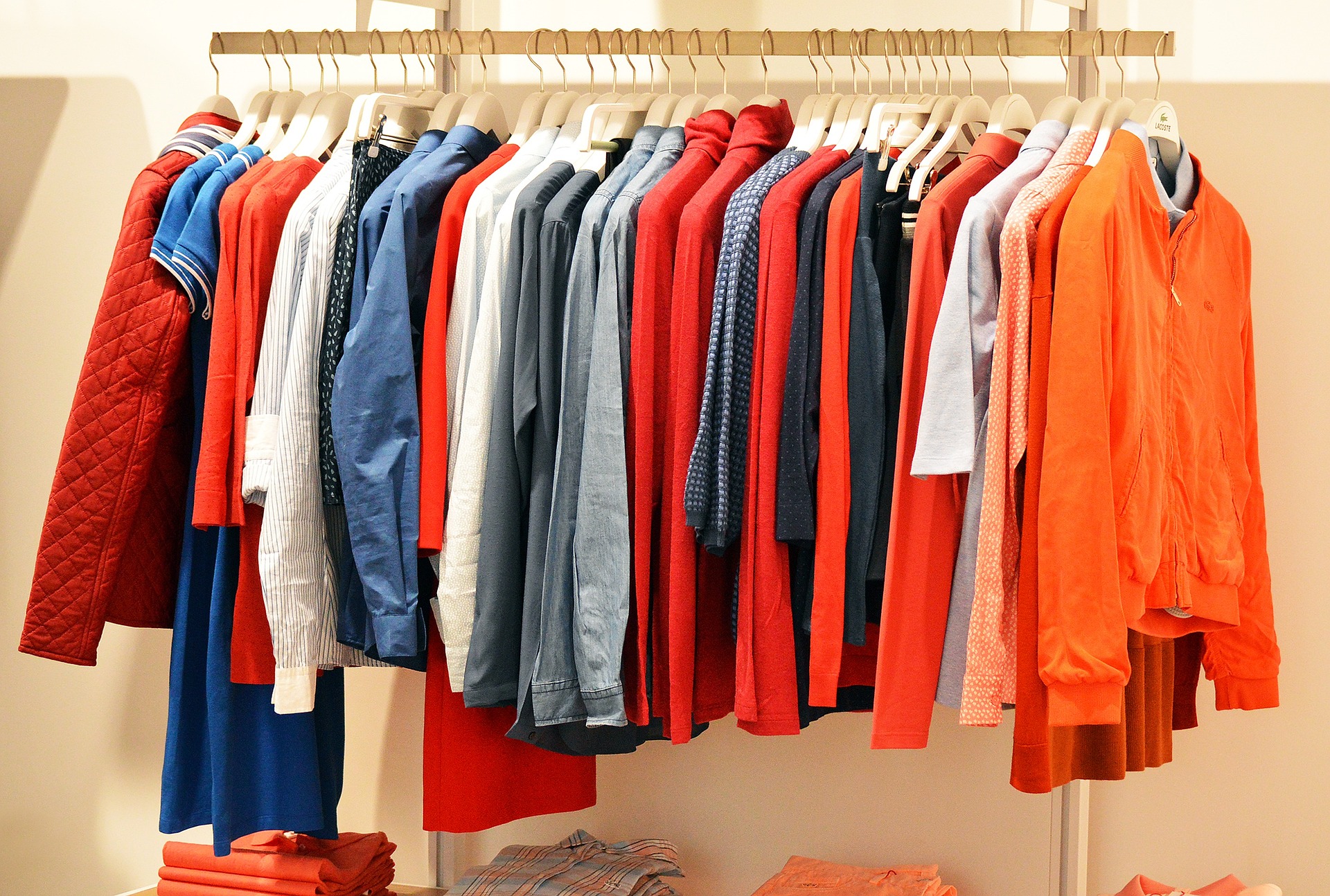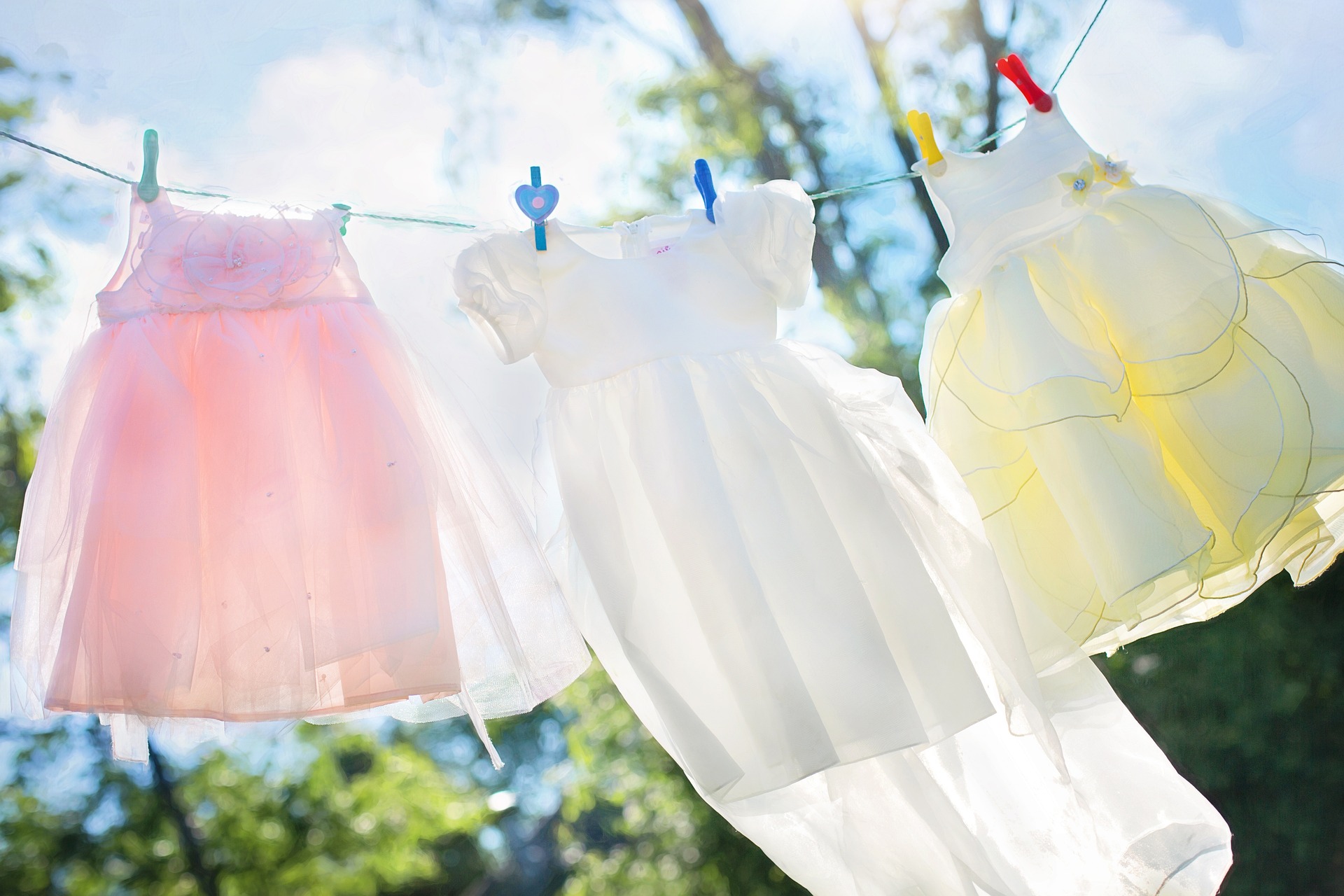A sustainable wardrobe is one that is designed and curated with environmental and social sustainability in mind. This can include a variety of different elements, such as:
- Invest in high-quality, timeless pieces that will last for years: Investing in well-made, classic clothing items will save you money in the long run because you’ll be able to wear them for years to come. For example, a well-tailored blazer, a classic white button-up, or a high-quality pair of jeans will last much longer than a trendy, cheaply made piece.
- Shop second-hand or vintage clothing: Buying second-hand or vintage clothing is not only a sustainable way to shop but also a great way to find unique, one-of-a-kind pieces. You can shop at thrift stores, consignment shops, or online platforms like eBay, Depop, or Vinted.
- Support sustainable and ethically-made brands: Look for clothing and accessories that are made in a sustainable and ethical manner. Brands like Patagonia, Everlane, and Reformation are a few examples that use sustainable materials and ethical production methods.
- Choose natural fibers like cotton, linen, and wool over synthetic materials: Natural fibers like cotton, linen, and wool are biodegradable and more environmentally friendly than synthetic materials like polyester, nylon, and acrylic. They also tend to be more breathable and comfortable to wear.
- Look for clothing made from organic or recycled materials: Organic cotton and linen are grown without the use of synthetic pesticides and fertilizers, while recycled materials are made from pre-existing textiles, which reduces the environmental impact of production. Brands like Tentree, Veja and Patagonia use organic cotton and recycled polyester in their products.
- Avoid fast fashion and instead opt for slow fashion: Fast fashion is a term used to describe the trend of producing and selling clothing quickly and at a low cost. Instead, choose slow fashion, which emphasizes quality, durability, and sustainability. Brands like Eileen Fisher, Cuyana and Everlane are good examples of brands that focus on slow fashion.
- Buy only what you need and will wear: Only buy clothes that you know you will wear and that fit well with the rest of your wardrobe. This helps to avoid impulse buys and clothes that end up sitting in your closet unworn.
- Repair and alter clothes instead of buying new ones: Instead of buying new clothes, try to repair or alter the clothes you already have. This can be as simple as sewing on a missing button or patching a hole.
- Swap clothing with friends and family: Organize a clothing swap with friends and family to refresh your wardrobe without buying new clothes. Not only is it sustainable but also a fun way to socialize.
- Invest in versatile pieces that can be worn in multiple ways: Versatile pieces like a little black dress, a denim jacket, or a neutral cardigan can be dressed up or down, and worn in a variety of different ways, making them a great investment.
- Incorporate sustainable accessories such as bamboo or wooden jewelry into your wardrobe: Sustainable accessories like wooden watches, bamboo sunglasses, and wooden jewelry are a great way to add a touch of style to your wardrobe while also being environmentally friendly.
- Consider renting clothes for special occasions: Renting clothes for special occasions is a sustainable option because it allows you to wear a variety of different styles without having to buy them. Brands like Rent the Runway, Le Tote and GlamCorner are some examples of clothing rental services.
- Look for clothes made from sustainable materials like Tencel, organic cotton, and linen: Tencel is a sustainable material made from wood pulp, it is biodegradable and requires less water and pesticides during production when compared to conventional cotton. Brands like Kowtow, Thought and Nudie Jeans use Tencel in their products. Organic cotton and linen are grown without the use of synthetic pesticides and fertilizers, making them a more sustainable option. Brands like tentree, Veja and Patagonia use organic cotton and linen in their products.
- Invest in sustainable footwear made from natural materials: Sustainable footwear is made from natural and renewable materials, like cork, jute, and natural rubber. Brands like Allbirds, Rothy’s and Nisolo use these materials to produce sustainable and stylish footwear.
- Try to buy clothes that are made in your local area to reduce the carbon footprint of shipping: Buying clothes that are made in your local area or region can reduce the environmental impact of shipping and transportation. Look for brands that manufacture their products in your country or region, for example, if you live in the US, you can look for brands that are made in the US. Brands like American Giant, Pendleton and Woolrich are some examples of American made clothing brands.
A sustainable wardrobe is not only better for the environment but also for the people who make the clothes. Moreover, it helps to reduce the waste and the pollution caused by the fast fashion industry. It also encourages mindful consumption and can save money in the long run.








